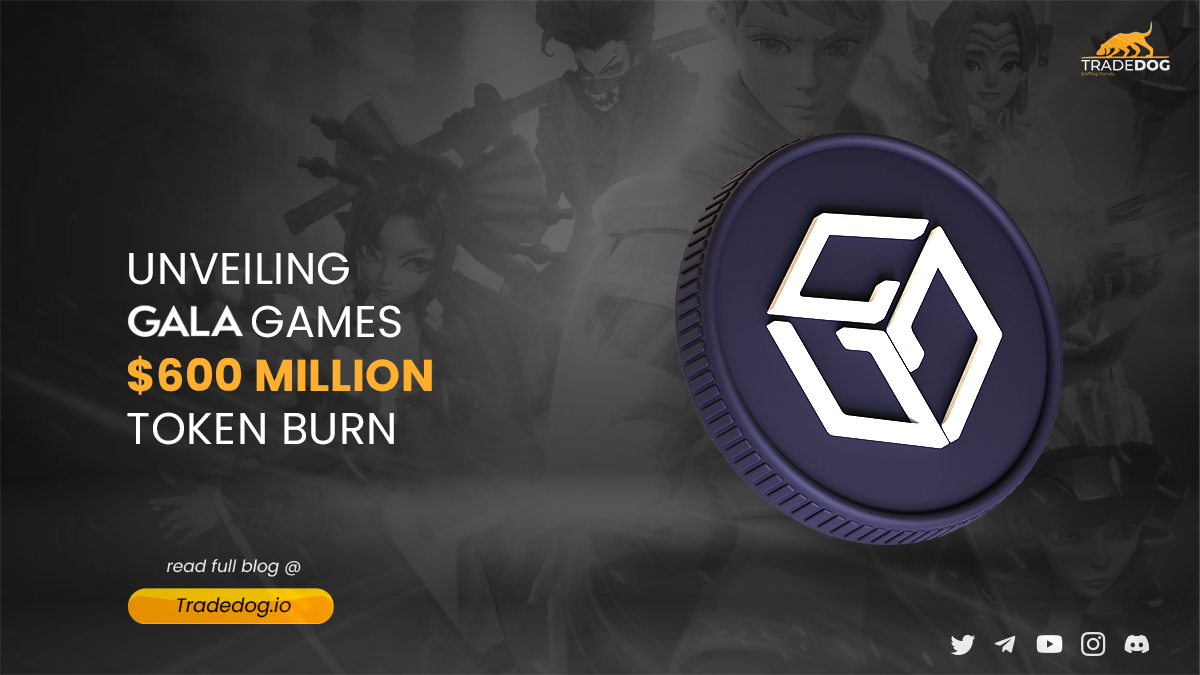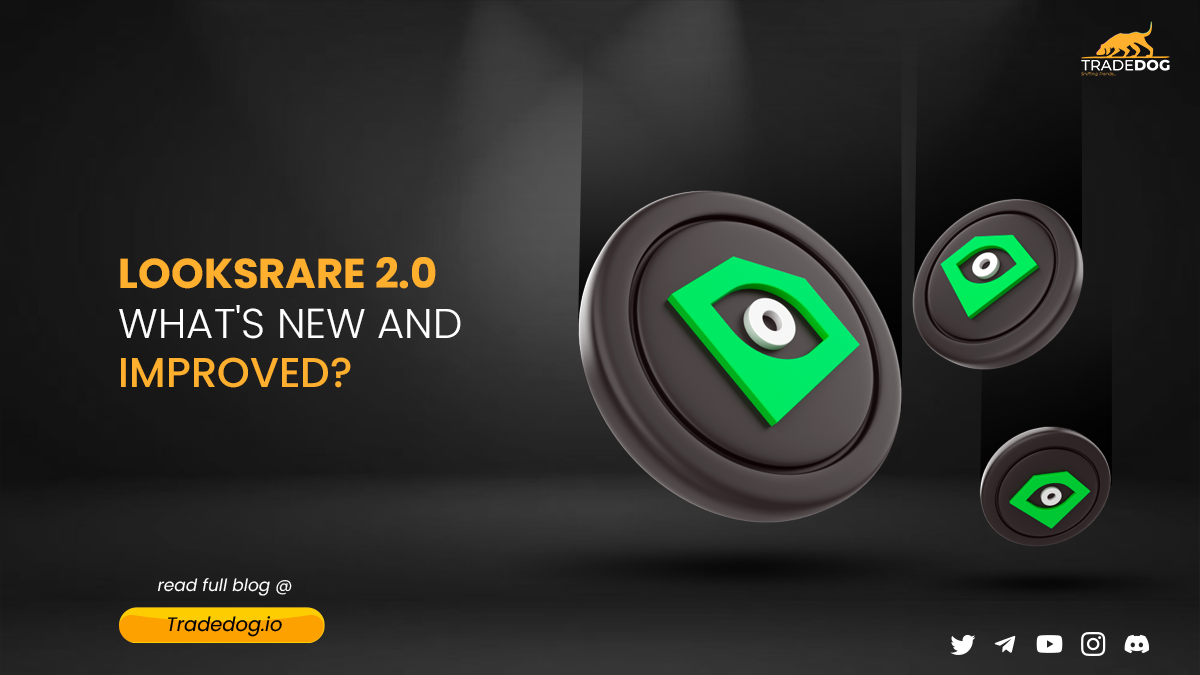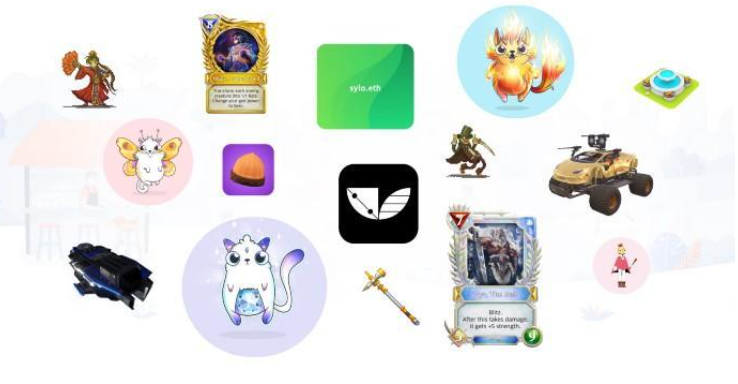Quick Links
Overview
The world of Non-Fungible Tokens (NFTs) has been revolutionizing the digital art and collectibles market in the past few years. NFTs provide a unique platform for digital asset ownership and a variety of uses in the entertainment, gaming, and collectibles industries. But now, with the introduction of Phygital NFTs, we are seeing a new form of digital asset ownership. Phygital NFTs are a combination of the physical and digital worlds, bringing together the best of both worlds.
Considered a boon and bubble at times, NFTs or non-fungible tokens have been the talk of the crypto ecosystem since the beginning of this decade. Positioned at around $15 Bn in 2021, the NFT industry is expected to grow at a CAGR of 34% and is projected to reach $230 Bn in 2030.
The technology is on a rapid growth trajectory, expanding its use cases from a JPEG collection to music, social media, digital proof of ownership & identity, security assets, gaming, and so much more. The concept of Phygital NFTs is emerging and expected to drive the next wave of retail adoption to the web3 ecosystem. Through this blog, let’s dive deeper into the phenomena and understand the potential of phygital NFTs.
What are Phygital NFTs & how do they work?
Combining the physical space with digital space ~ that’s where phygital NFTs come in. Phygital NFTs are digital tokens representing an experience, service, object/product, or asset. Phygital NFTs have often been termed the digital twins of physical products.
In addition to digital twins, there are redeemable NFTs, a type of physical NFT that contains the information of the specific user purchasing the relevant NFT. Owners receive tangible goods delivered to their addresses following redemption. Built on top of blockchain technology, these NFTs store the data/identity on-chain that can be verified anytime.
Some physical goods/assets have a QR code engraved on them which on scanning opens up and shows the details like origin, supply chain, proof of ownership, and other related traits and information of the product. This prevents fraud and counterfeit goods, helping the firm ensure that domestic and international trades are being conducted securely.
Why are Phygital NFTs better?
Supply chain management
It might be difficult to track and verify the legitimacy of products in traditional supply networks. Phygital NFTs, in this case, offer a transparent and tamper-proof record of a product’s history by associating actual assets with digital tokens. This can help to avoid counterfeiting and boost customer and producer trust.
Proof of ownership
Another possible application for Phygital NFTs is digital identity. With more personal data being stored online, there is a greater need for secure and private digital identification solutions. Phygital NFTs can be used to represent an individual’s identity, with the physical asset acting as biometric authentication. This helps avoid identity tampering while also making web3 technology more secure and user-friendly.
Sense of belongingness within the community
Phygital NFTs are often used by big brands as a marketing tool, helping them to establish a sense of belongingness within their respective communities. Brands often tie value proposition as a reward, a service, or even a product to the NFT, that is shipped to the customers along with the purchase they make. This practice helps the brand to develop more loyalty among its customers. A significant example, in this case, is the successful NFT sale done by the luxury brand Givenchy in collaboration with Chito (Nov. 2021) which has a total volume of 49 ETH with 53% unique owners on opensea.
GameFi utilities
Phygital NFTs can be tied to in-game rewards, for example, a race car or a sword that is represented by an NFT. When a user wins the asset in the game (NFT), the physical product tied to that particular NFT can be shipped to the user by the gaming company. This would help the game to attract more audience to their platform and expand their user base. Axie Infinity, a popular blockchain-based game, for example, recently announced the debut of its scholarship program. The initiative allows gamers to win scholarships by performing objectives in the game. Scholarships are represented by Phygitals, which players can exchange for tangible items.
Collaboration between brands, consumers & web3 creators
Brands can collaborate with web3 creators to develop unique digital assets that also have physical components using phygital NFTs. Phygital NFTs can also improve the consumer experience by merging physical and digital features. For example, an NFT may grant entry to a VIP event or deliver special content to NFT holders exclusively. In a nutshell, phygital NFTs serve as a medium that binds web3 creators and brands together, carving a unique user experience for retail consumers.
Large businesses, particularly participants from the luxury and retail fashion industries like Nike, Adidas, and Gucci, have been hesitantly testing the Web3 waters. Simple PFP launches have evolved into more complex fashion NFT collections. Over $1.3 billion worth of trading took place in the fashion NFT market in 2022, largely as a result of the cooperation between Nike and RTFKT. This clearly demonstrates that the market for digital assets is huge, full of potential, and primarily depends on how a brand makes the best use of it.
The major distinguishing factor between phygital & normal NFTs is the fact that the former is actually tied to a real-world utility. Now that we have understood that, unlike normal NFTs that are mostly Jpeg images/gifs collections, phygital NFTs can be a representation of anything ~ an asset, a service, or an experience, that offers a ‘real world’ utility to the end consumer.
Some famous projects that used Phygital NFTs
Starbucks Odyssey
Starbucks is one of the first giants to use Phygital NFTs in their ecosystem. The popular franchise made the Web3 version of its Starbucks Rewards program available to a “limited set of waitlist members,” which included staff and customers, allowing them to participate in interactive “Journeys” that earn “Journey Stamps” in the form of Polygon-based NFTs. Users were entitled to also receive “Odyssey Points,” which would grant them access to new advantages and experiences in the future, such as virtual espresso martini-making workshops, unique events, and visits to Starbucks roasteries and coffee farms.
Timex & BAYC
Timex, a big watch-producing company partnered with Bored Ape Yacht Club, is one of the top NFT collections to ever exist. Customers buying a Timex NFT & holding a BAYC NFT could get a new digital asset tied to the real product.
RTFKT X Ferocious collaboration
Another example is the RTFKT x Fewociuos partnership, in which NFT customers would receive a genuine pair of shoes with art from NFT artist Fewocious. As per the stats. Available on opensea, the collection accounts for 526 owners with a total volume of 4.8K ETH & a floor price of 1.1 ETH.
What potential does Phygital NFTs hold for the future?
NFTs have emerged as a groundbreaking technology since 2021. Although many think that the phenomena still lacks real-world use cases, Phygital NFTs are there to fulfill the shortfalls. Being at a nascent stage, it is believed that phygital NFTs comprise endless potential use cases for the future.
Ticketing for travel, events & parties, membership passes for games, brands, and exclusive art collections are some of the key areas where NFTs would be used primarily in the future. Phygital NFTs on the other hand hold use cases that are beyond JPEGs & collectibles. These NFTs can be tied to physical products like sneakers, jewellery, clothing, wearables, and physical vinyl records of music albums and real-estate papers of properties to make them tamper-proof and secure.
The overview provides a strong image of how Phygital NFTs have altered preconceived ideas about the fusion of physical and digital experiences. It is believed that the technology would replace conventional documentation and also be a revolutionary marketing tool for big brands that are entering the Metaverse.












